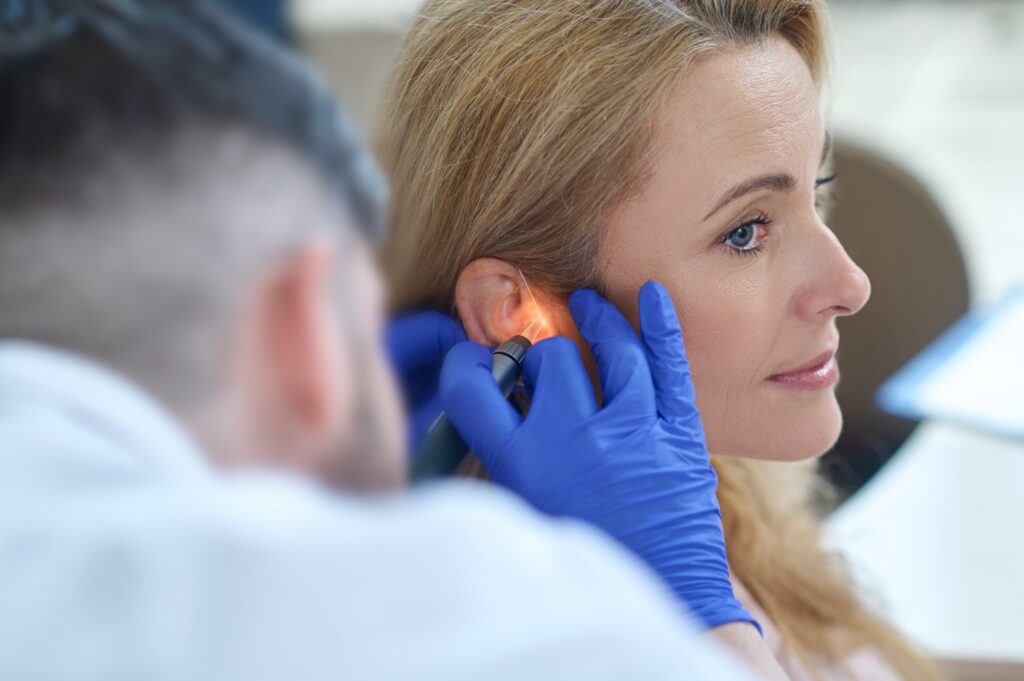Tympanoplasty is a surgical procedure that repairs a ruptured or perforated eardrum. It can improve hearing, reduce the risk of ear infections, and prevent further damage to the middle and inner ear. If you’re considering tympanoplasty, it’s important to understand what the procedure involves, its benefits and risks, and what to expect during recovery.
Here’s a comprehensive guide to understanding tympanoplasty:
What is Tympanoplasty?
Tympanoplasty is a surgical procedure that repairs a hole or tear in the eardrum. The procedure involves taking tissue from another part of the body, such as the ear canal or a vein in the arm and grafting it onto the eardrum to close the hole. Tympanoplasty can also repair the bones in the middle ear that conduct sound to the inner ear.
When is Tympanoplasty Needed?
Tympanoplasty may be necessary if you have a ruptured eardrum that doesn’t heal on its own, or if you have a hole or tear in the eardrum that affects your hearing. Tympanoplasty can also be used to treat cholesteatoma, a type of cyst that can develop in the middle ear and cause hearing loss and other complications.
Preparing for Tympanoplasty
Before the surgery, you’ll need to undergo a comprehensive hearing evaluation to determine the extent of your hearing loss and the type of tympanoplasty that’s best for you. You may also need to stop taking certain medications, such as blood thinners, that can increase the risk of bleeding during the procedure.
The Tympanoplasty Procedure
Tympanoplasty is typically performed under general anesthesia, meaning you’ll be asleep during the procedure. The surgeon will make an incision behind the ear or inside the ear canal and use a microscope to visualize the eardrum and middle ear. They will then remove any scar tissue or debris and use the graft to repair the hole or tear in the eardrum. If necessary, the surgeon may also repair or replace the bones in the middle ear that conduct sound to the inner ear.
Recovery After Tympanoplasty
After the surgery, you’ll need to rest for a few days and avoid activities that could put pressure on your ear, such as blowing your nose or swimming. You may also experience some pain or discomfort, which can be managed with pain medication. Most people can return to work or school within a week or two, although strenuous activities should be avoided for several weeks.
Benefits and Risks of Tympanoplasty
The benefits of tympanoplasty include improved hearing, reduced risk of ear infections, and prevention of further damage to the middle and inner ear. However, as with any surgery, there are risks involved, such as infection, bleeding, and damage to the facial nerve or other structures in the ear.
Tympanoplasty is a safe and effective procedure that can repair a ruptured or perforated eardrum and improve hearing. If you’re considering tympanoplasty, it’s important to understand what the procedure involves, its benefits and risks, and what to expect during recovery. Consult with an ENT specialist to determine if tympanoplasty is the right option for you.

